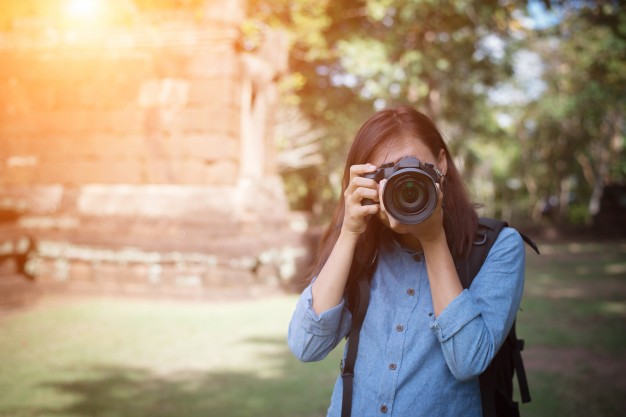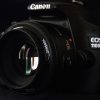
A tripod is an indispensable piece of equipment. However, they are often large, heavy and cumbersome. In many instances, you simply won’t be able to use a tripod to get the picture you need. But, without one, your images will be inferior won’t they? Perhaps, but if you follow the following guidelines, then you’ll be in a better position to get the most out of your camera.
Tips for getting sharp pictures without a Tripod
Use a fast shutter speed
Use the fastest shutter speed that you can. The longest shutter speed that will guarantee pin sharp images is 1/60. Some people will claim that they can get sharp images at 1/30 or even 1/15 – don’t listen to them.
Consider your lens
The focal length of your lens is important – the longer the focal length, the faster the shutter speed needs to be to ensure a steady hand. A good rule of thumb is to choose a minimum shutter speed which is equivalent to 1/focal length. So a 100mm lens needs a shutter speed of 1/100 whereas a 400mm lens needs one of 1/400 and so on
Go faster if you can
Try to err on the side of caution and choose an even faster shutter speed where you can. The problem is that the longer the focal length, the smaller the maximum aperture is likely to be thus restricting your choice of shutter speed. The bigger the aperture you choose the faster the shutter speed you can use
Action requires it even faster
Fast cars, trains, lorries; people moving, running, jumping; animals, waves, trees in the wind – these all require you to be even more careful as the shutter speed required to freeze movement is already relatively fast. Just rack up the speed to the fastest the camera will allow. The shorter the focal length and the wider the aperture, the more successful you will be in freezing movement.
Stand steadfast
Posture is important. If you cannot get a fast shutter speed (in relation to your lens) then choose an appropriate stance when taking your pictures. Lean against a building, wall or fence if you can. Stand with legs apart and brace your elbows against your sides. If it is windy, wait for a lull.
Try and rest your camera or lens against something solid and hold it firmly. And ensure it is well braced against your forehead.
Breathe and be gentle
Take a deep breath and hold it when you click the shutter release. And when you do take the picture, make slow and smooth movements. No sudden stabs or jerks.
Remember – ISO is your friend
Most cameras allow you to change the ISO setting. The bigger the ISO you set, the faster the shutter speed you can choose. You will get more “noise” or “grain” in your images but it can mean the difference between a half decent picture or no picture at all.
Tripod alternatives
Even if you haven’t got a tripod, it is worth considering a mini pod or monopod. These are no substitute for a decent tripod but they are small, light and inexpensive. Another great piece of equipment is a small beanbag. This can be placed on a surface and will mold to the shape of the camera when it is placed on it.
Remote is best
If you can use a cable release or an infrared remote release then do so. Or, when the camera is steady, using the self-timer will allow shutter release without you manhandling the camera
Don’t underestimate the importance of good technique and style. You will get better pictures by following simple and commonsense steps such as those outlined above.
Have fun








